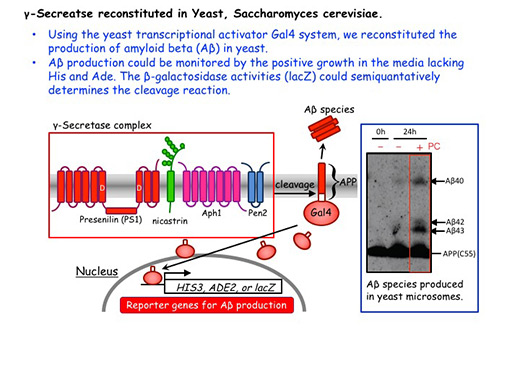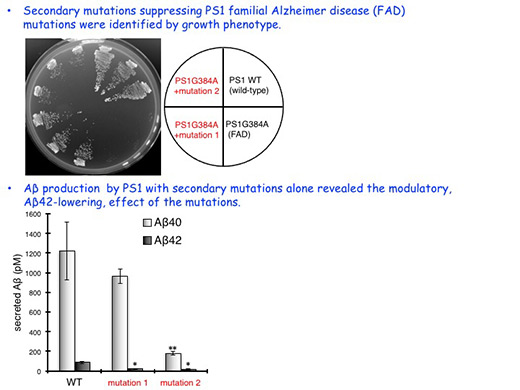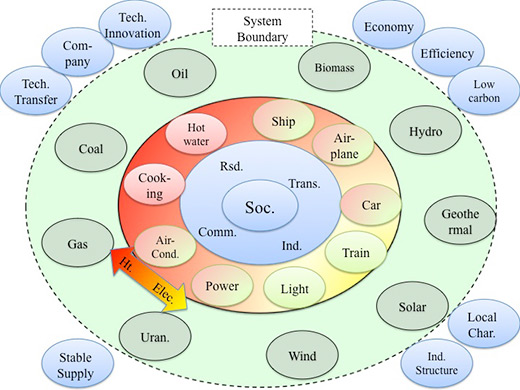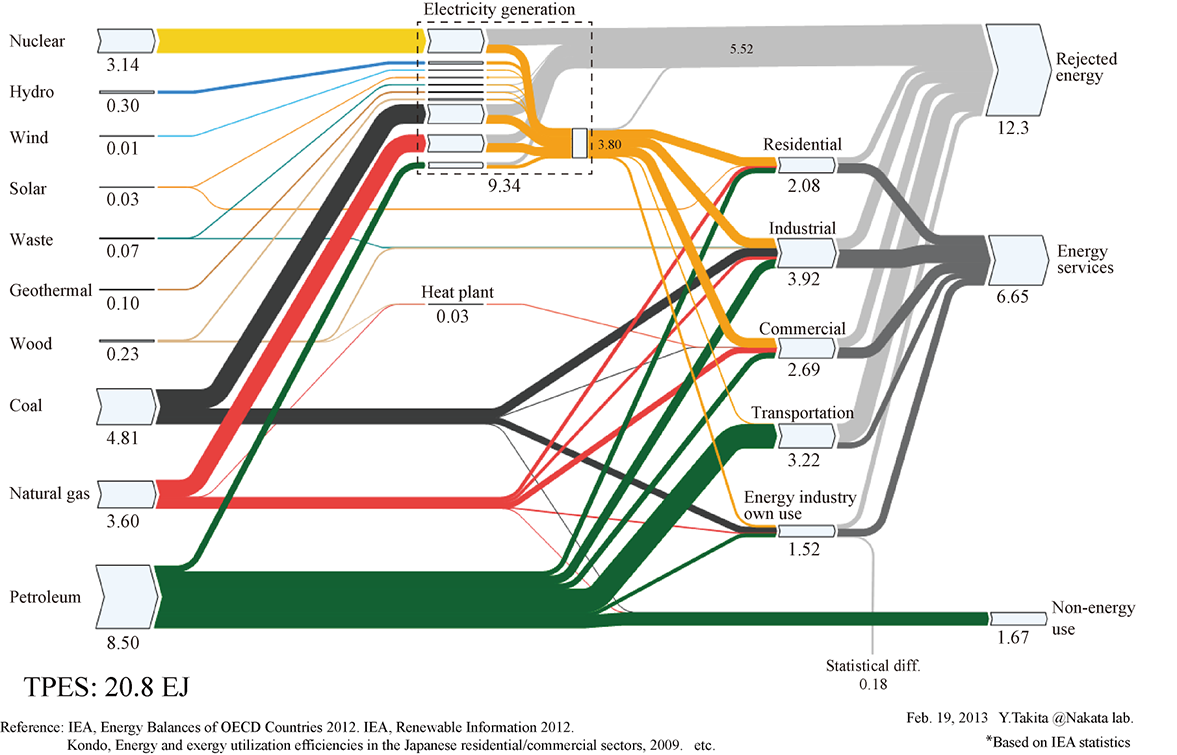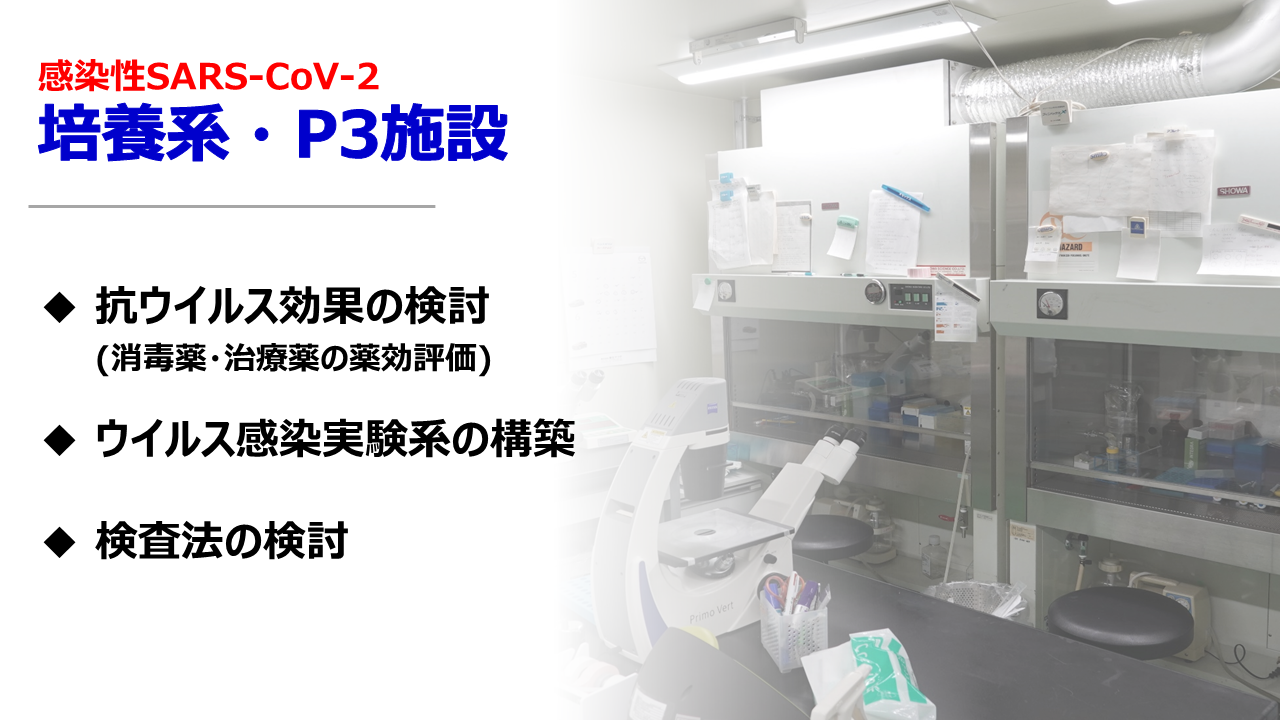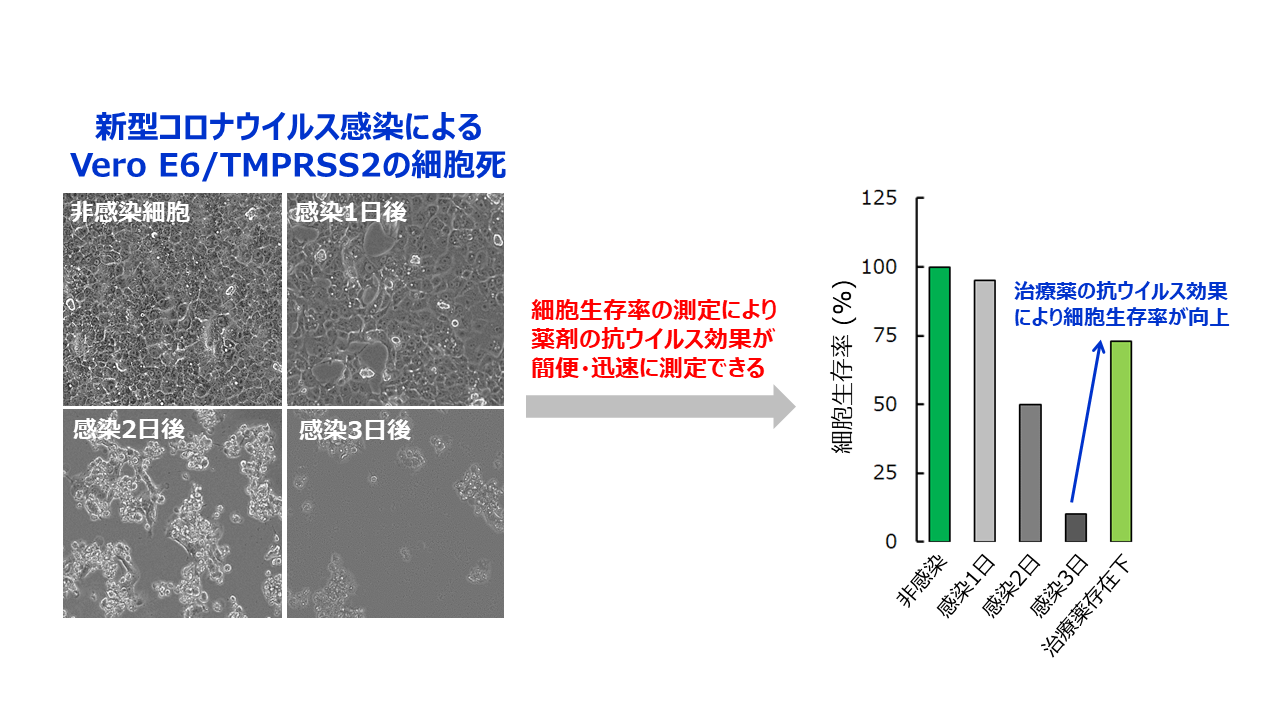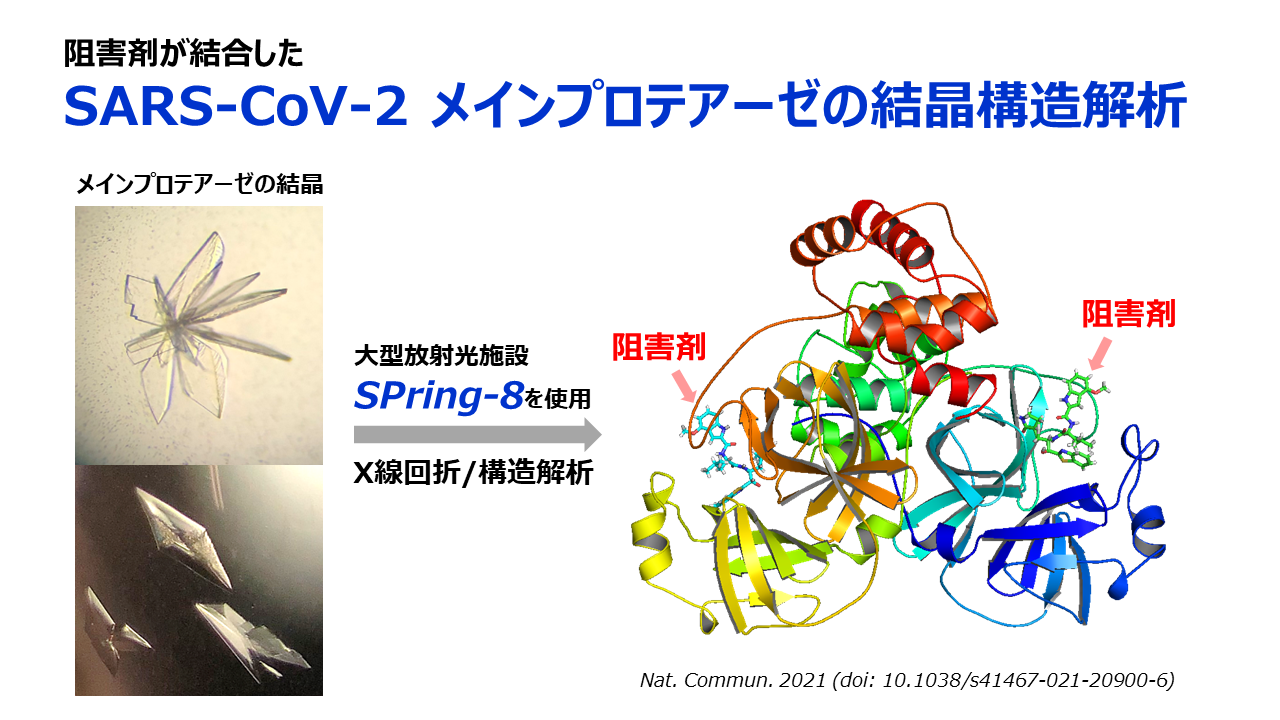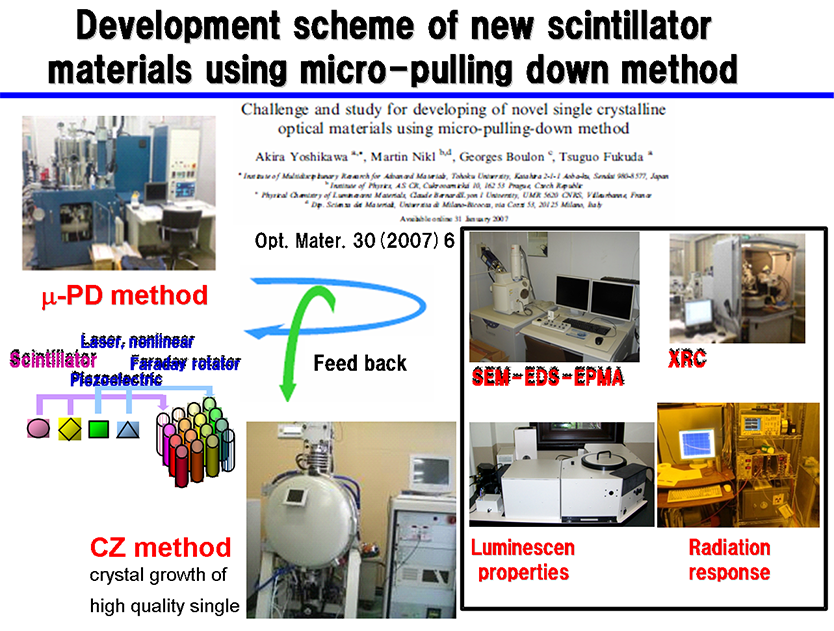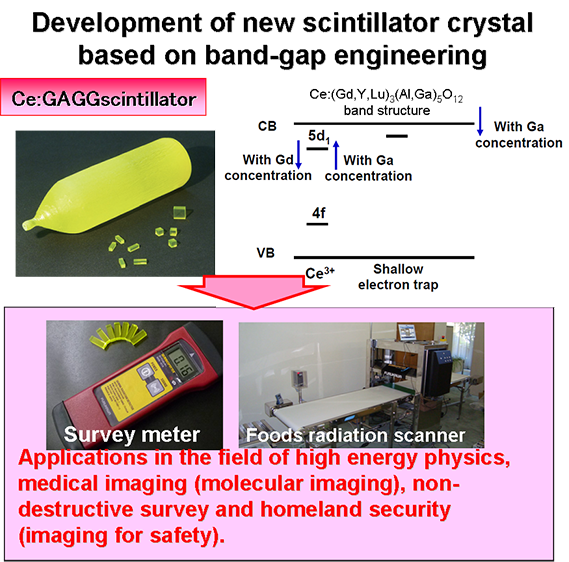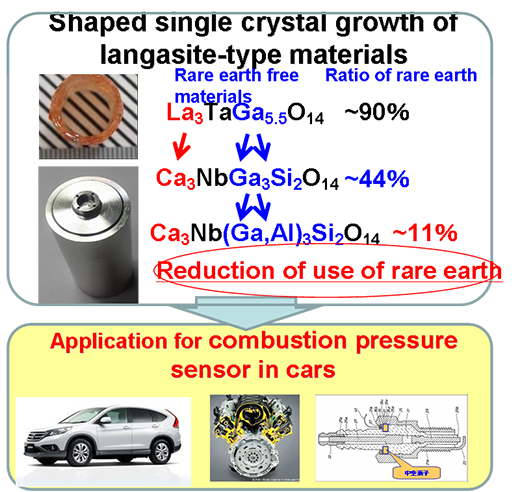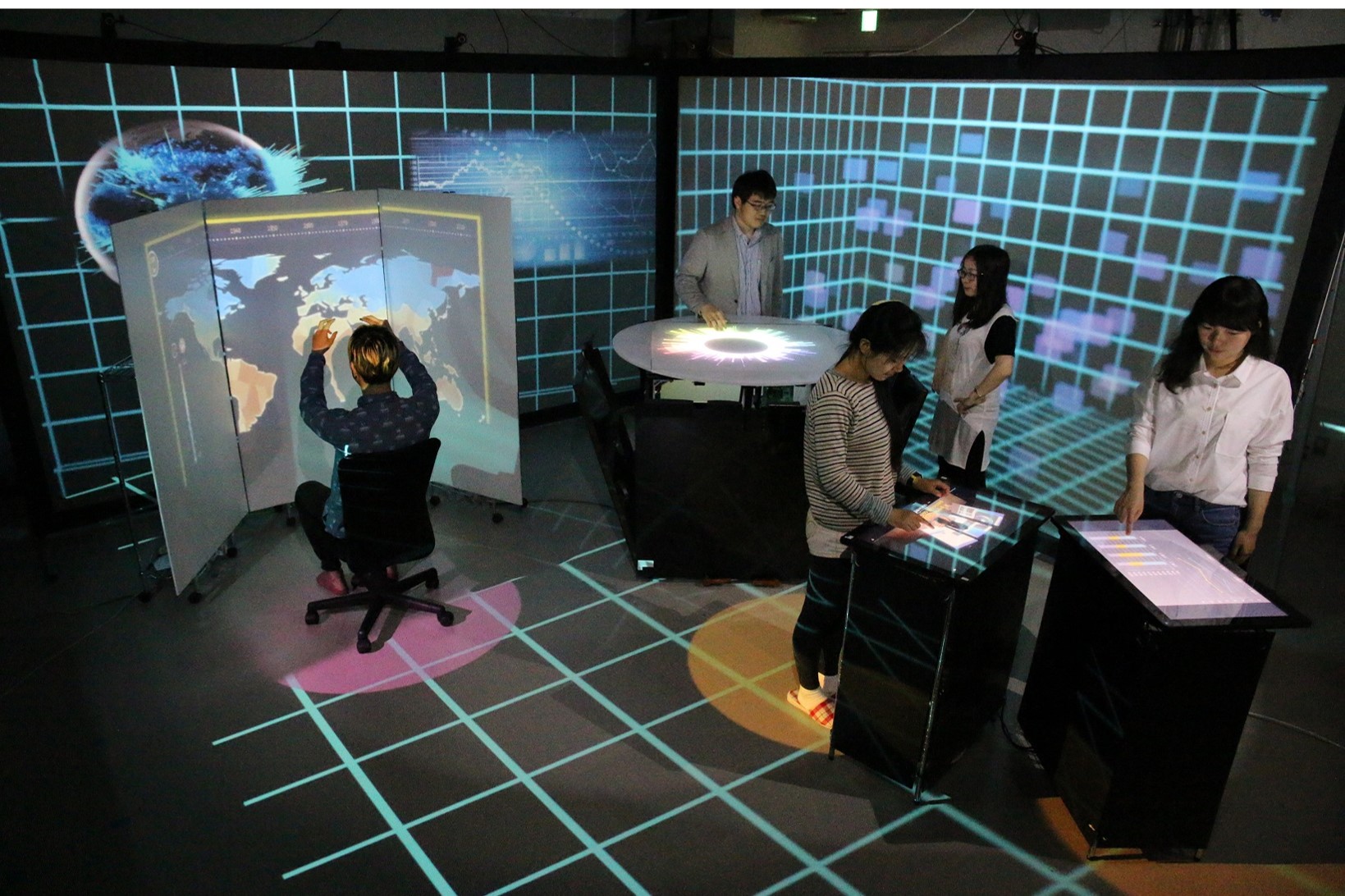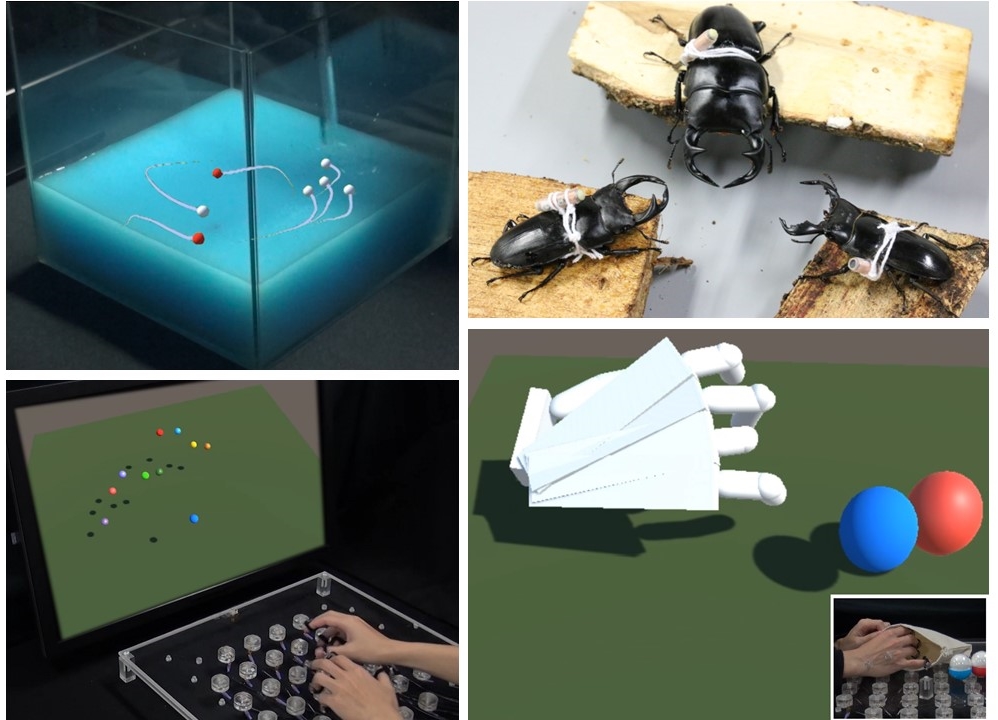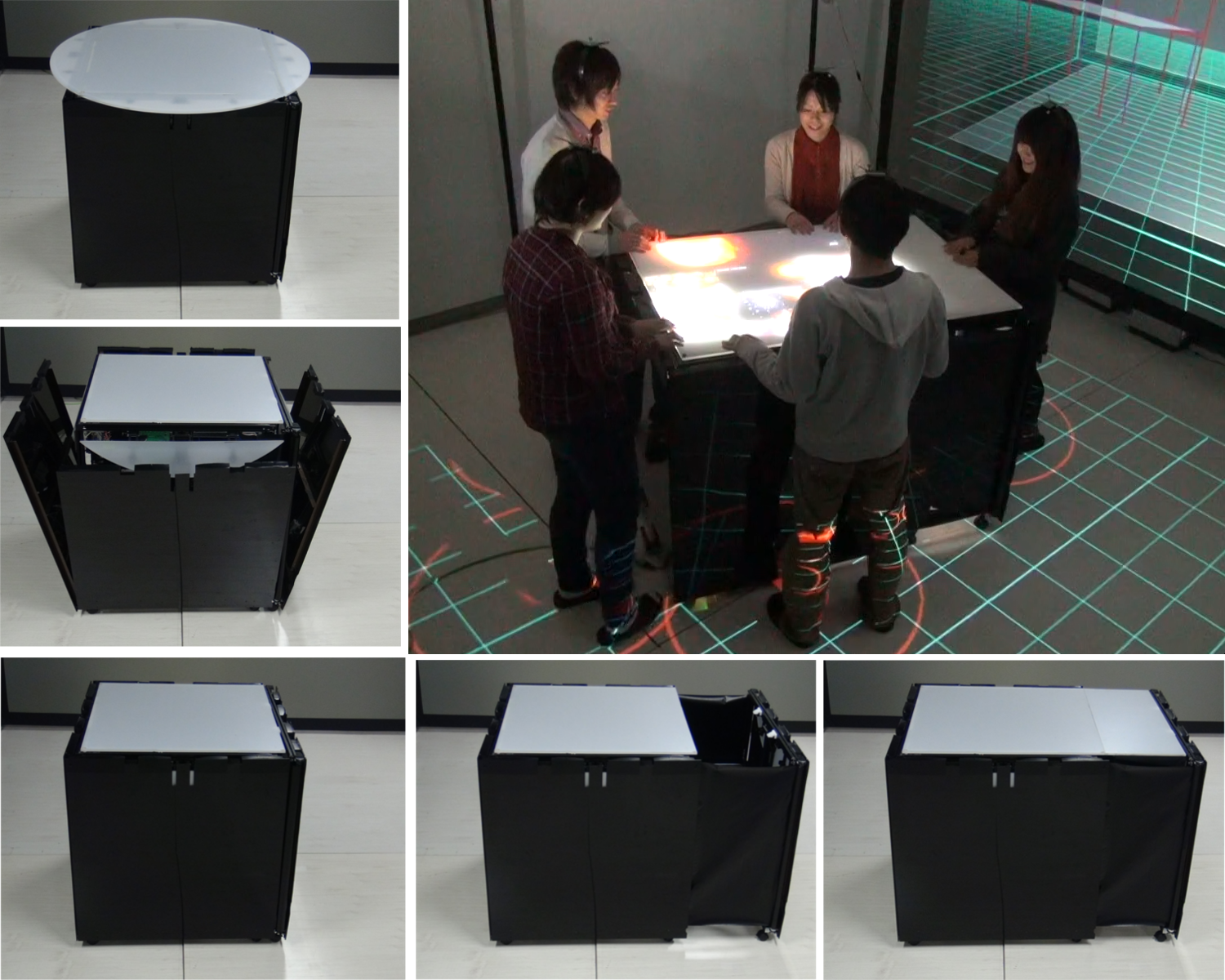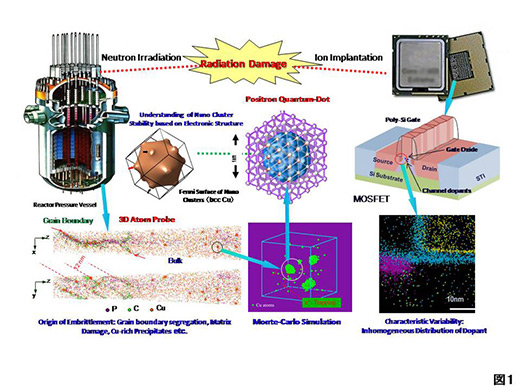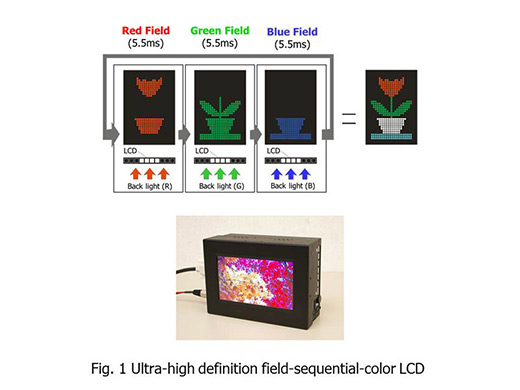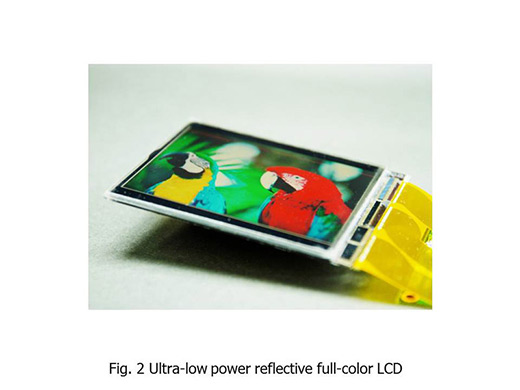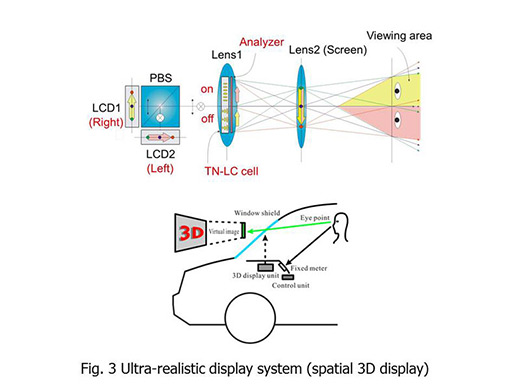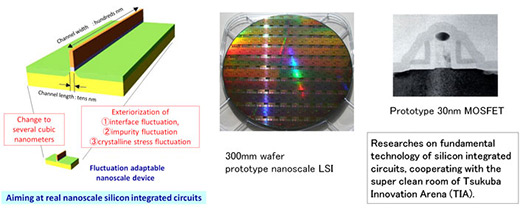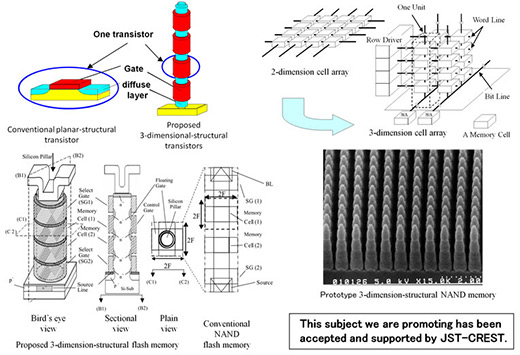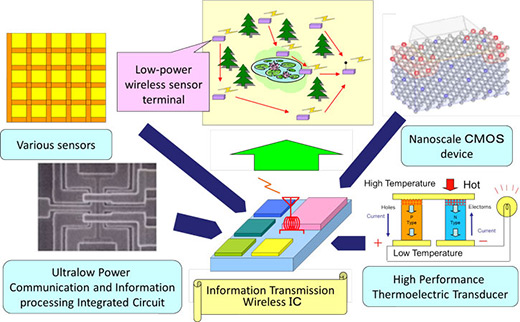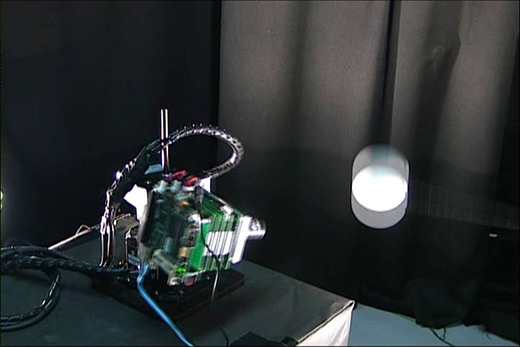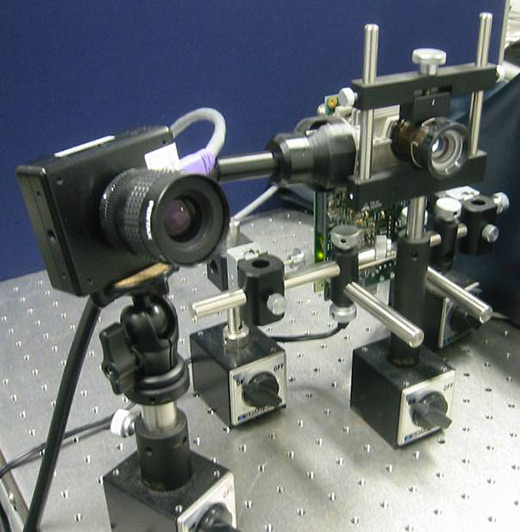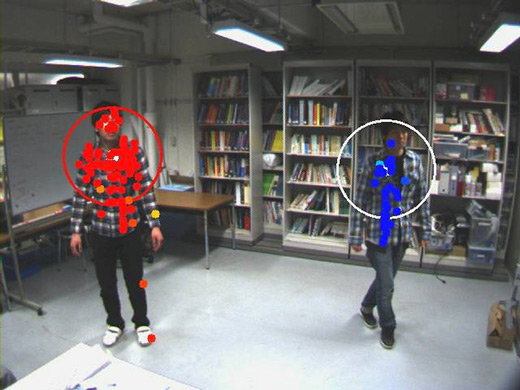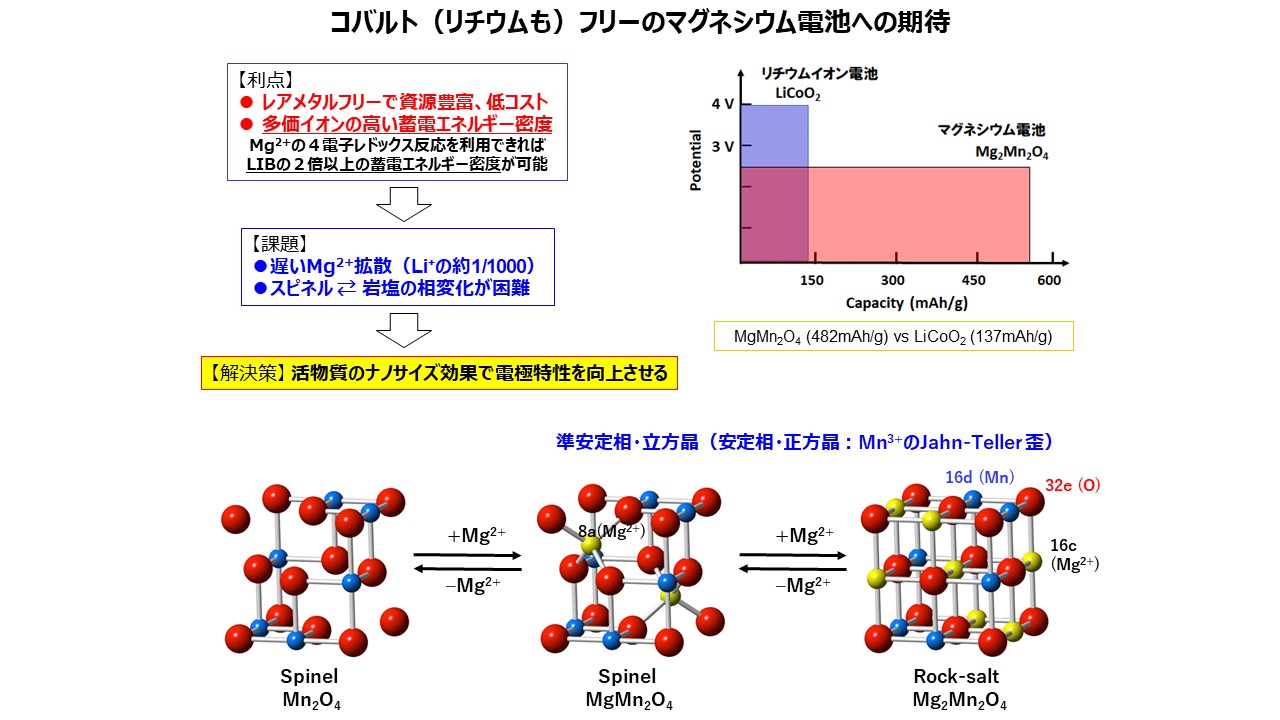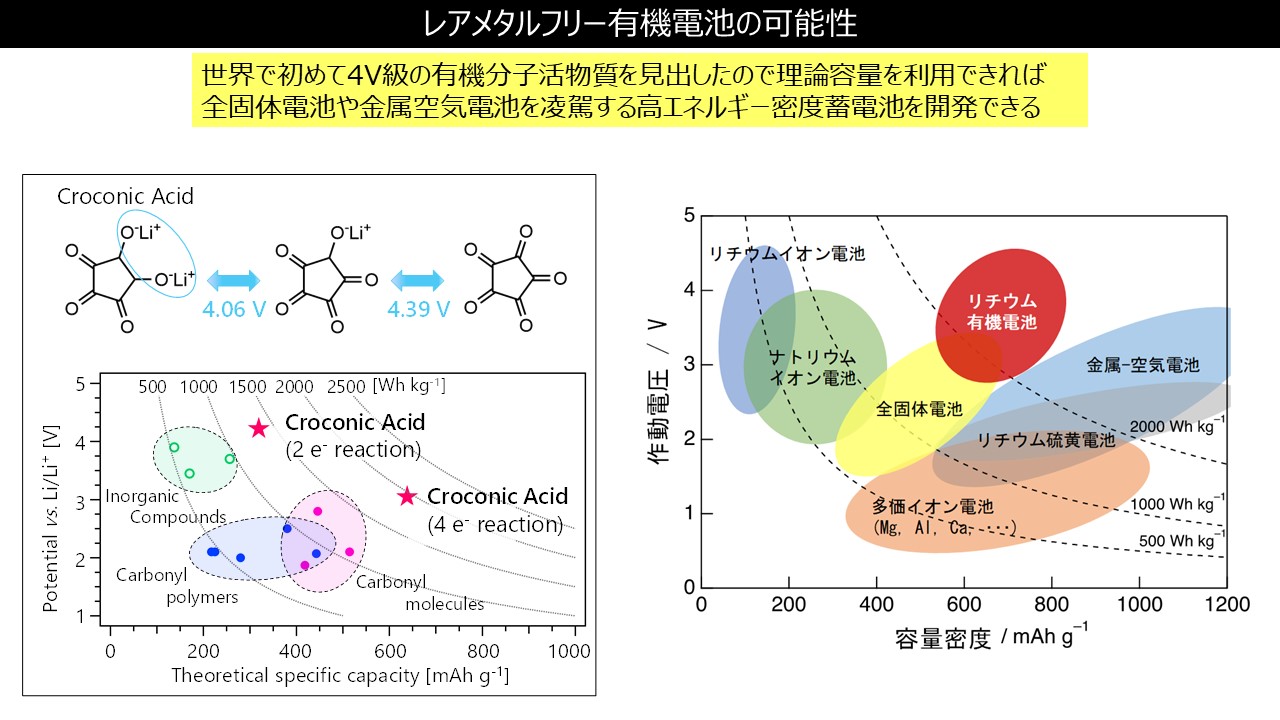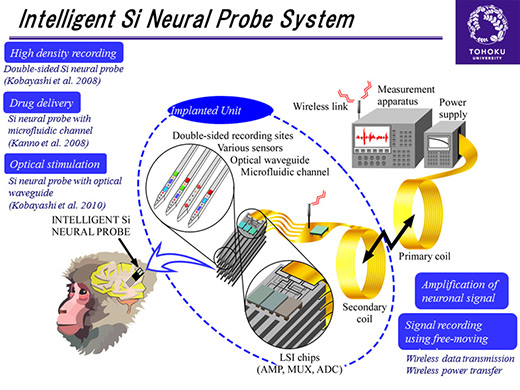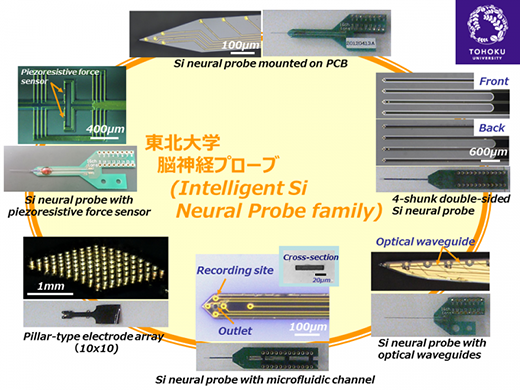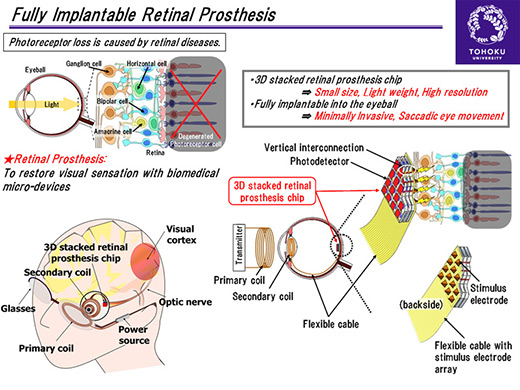Sorted by Keyword - 1938 word(s), 265 profile(s)
Y
[yeast]
Yeast models of familial Alzheimer disease to screen for gamma-secretase inhibitors and modulators
ResearchersGraduate School of Agricultural Science Eugene Futai
|
Z
[Zero carbon society]
Integrated Design for Sustainable Energy Systems
ResearchersGraduate School of Engineering Toshihiko Nakata
|
O
[ Functional Brain Mapping]
Resarch and development for maintaining and improving brain and mental health
ResearchersInstitute of Development, Aging and Cancer Ryuta Kawashima
|
[ inhibitors]
Development and evaluation of various inhibitors and disinfectants for SARS-CoV-2
ResearchersInternational Research Institute of Disaster Science Eiichi Kodama
|
[ single crystal growth]
Development of Novel Scintillator and Piezoelectric Crystals
ResearchersInstitute for Materials Research Akira Yoshikawa
|
3
[3D]
Interactive Content to Enrich Our Lives
ResearchersResearch Institute of Electrical Communication Yoshifumi Kitamura
|
[3D atom probe]
Analysis and Function Elucidation of Fine Clusters and Defects in Materials Invisible by Electron Microscopy
ResearchersInstitute for Materials Research Yasuyoshi Nagai
|
[3D Display]
Development of the high-quality and low-power display system for ultra-realistic communications
ResearchersGraduate School of Engineering Takahiro Ishinabe
|
[3D Integrated Circuit]
Novel-Concept Silicon Integrated Circuits Derived from the 3-Dimensional Device, Circuit and Architecture
ResearchersGraduate School of Engineering Tetsuo Endoh
|
[3D Measurement]
High-Speed Vision for Real-Time Motion Analysis
ResearchersGraduate School of Information Sciences Shingo Kagami
|
[3D printing]
Additive Manufacturing of Metallic Parts with Electron Beam Melting (EBM)
ResearchersNew Industry Creation Hatchery Center Akihiko Chiba
|
Advanced Nanotechnology for Critical metal free secondary battery
ResearchersInstitute of Multidisciplinary Research for Advanced Materials Itaru Homma
|
[3D-LSI/TSV]
Development of Biomedical Micro/Nano Integrated System Using LSI Technology
ResearchersGraduate School of Biomedical Engineering Tetsu Tanaka
|


 Medical
Medical
 Life Sciences
Life Sciences
 Information Communication
Information Communication
 Environment
Environment
 Nanotechnology / Materials
Nanotechnology / Materials
 Energy
Energy
 Manufacturing Technology
Manufacturing Technology
 Social Infrastructure
Social Infrastructure
 Frontier
Frontier
 Liberal Arts
Liberal Arts

